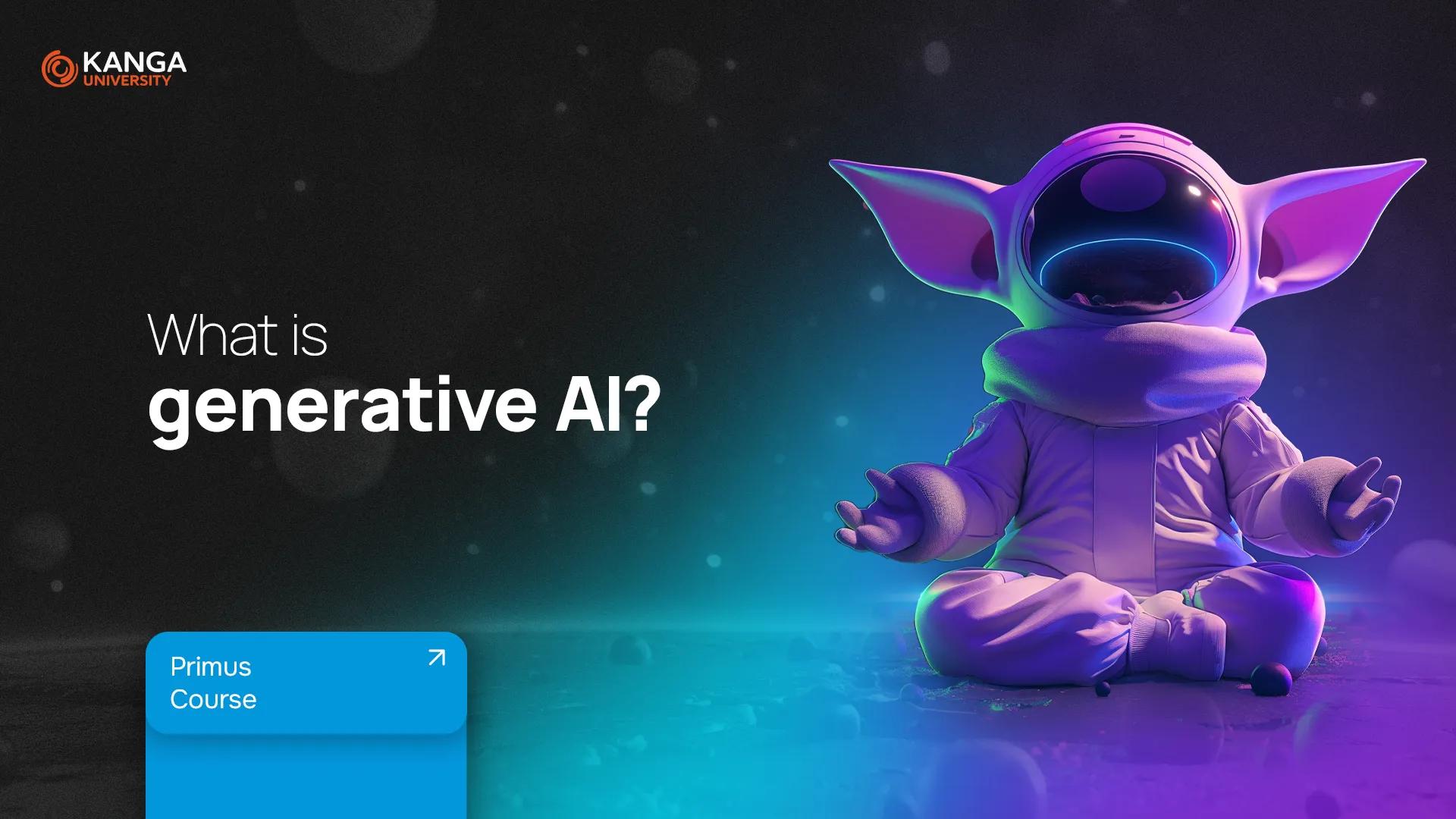
Hello! If you’ve heard about artificial intelligence and want to understand its latest, revolutionary form, you’re in the right place. Here, we’ll explain the basics of Generative AI in a simple and understandable way.
Analytical AI vs. Generative AI
Until now, most of us have dealt with analytical AI. This is technology that excels at analyzing, categorizing, and searching for information. When a voice assistant gives you the weather forecast or an algorithm sorts your emails, you are using it. It operates on existing data.
Generative AI is a completely new chapter. Instead of just analyzing information, it can create entirely new content.
Definition: Generative AI is a branch of artificial intelligence that, based on patterns learned from vast datasets, can independently generate new text, images, sounds, or programming code that is original and coherent.
You can compare it to an artist who has studied thousands of paintings by various masters and then, based on this, paints their own unique work, drawing from the acquired knowledge of styles and techniques.
A Brief History: Where Did AI Come From?
Although the current AI boom may seem sudden, the idea of thinking machines has a long history. As early as 1950, British mathematician Alan Turing proposed the famous Turing Test – a thought experiment designed to determine if a machine can exhibit intelligent behavior indistinguishable from that of a human. For decades, AI developed mainly in academic laboratories. The breakthrough that led to today’s generative tools occurred in 2017 with the publication of a scientific paper by Google on the “Transformer” architecture. This new language processing model proved so effective that it became the foundation for most modern AI systems, including the GPT series models.
Where Did This Revolution Come From?
Tools like ChatGPT, Midjourney, and DALL-E have become a global phenomenon because they made this advanced technology available to a wide audience. Suddenly, each of us gained the ability to use it in practice.
- Text Generation: Creating articles, emails, social media posts.
- Image Creation: Designing graphics based on text descriptions.
- Music Composition: Generating soundtracks in a specific style.
Generative AI is becoming a powerful tool that is revolutionizing work in many sectors – from marketing and design to education and scientific research.
Key Information to Remember:
- Analytical AI: Processes existing data.
- Generative AI: Creates new, original data.
- Its roots go back to the mid-20th century, and its current development is driven by the “Transformer” architecture.
- Its popularity stems from its widespread availability and broad range of applications.
In the next lesson, we’ll take a closer look at the mechanisms of this technology to understand how artificial intelligence “thinks” and creates.